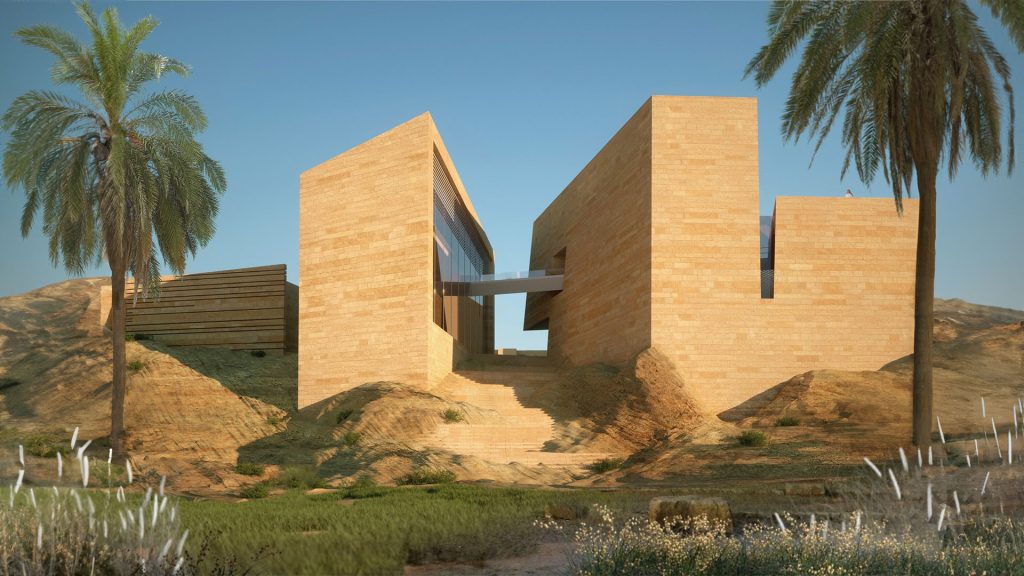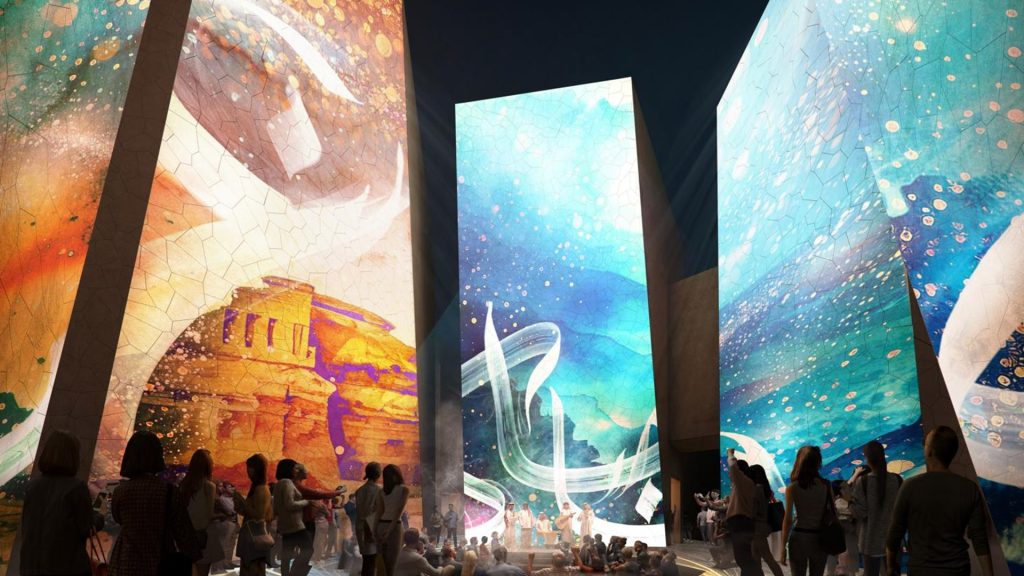The Asir region in the Kingdom of Saudi Arabia (KSA) is renowned for its rich cultural heritage and stunning landscapes. Among its many treasures, the traditional architectural style of Asir buildings stands out as a testament to the region’s deep-rooted history and distinctive identity. With their unique design elements and integration with the environment, Asir buildings showcase the ingenuity and craftsmanship of the local communities. Let’s explore the key elements of unique architectural art in the region.
Local materials
One of the defining characteristics of Asir buildings is the use of local materials. The construction primarily relies on stone, clay, wood and palm fronds, which are abundantly available in the region. These materials not only reflect the area’s natural resources but also provide excellent insulation against the Kingdom’s extreme temperatures. Stone is prominently used for walls, while clay and palm fronds are utilized for roofing, creating a harmonious blend of materials that contribute to the aesthetic appeal of the buildings.
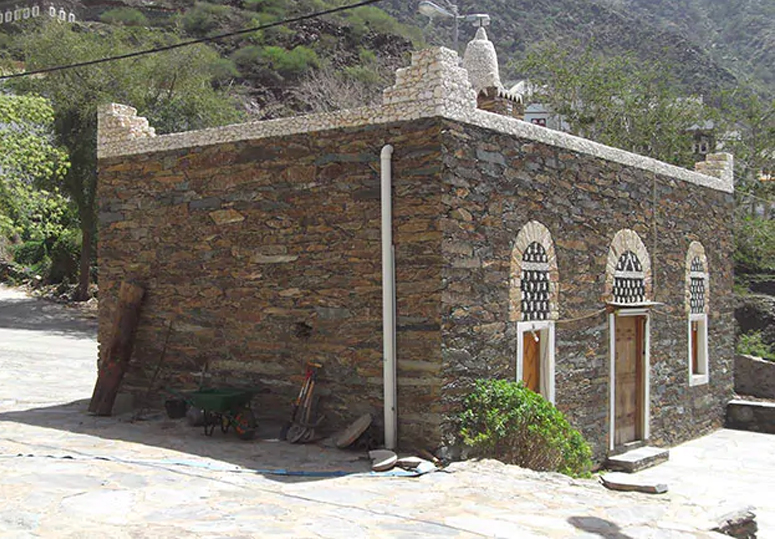
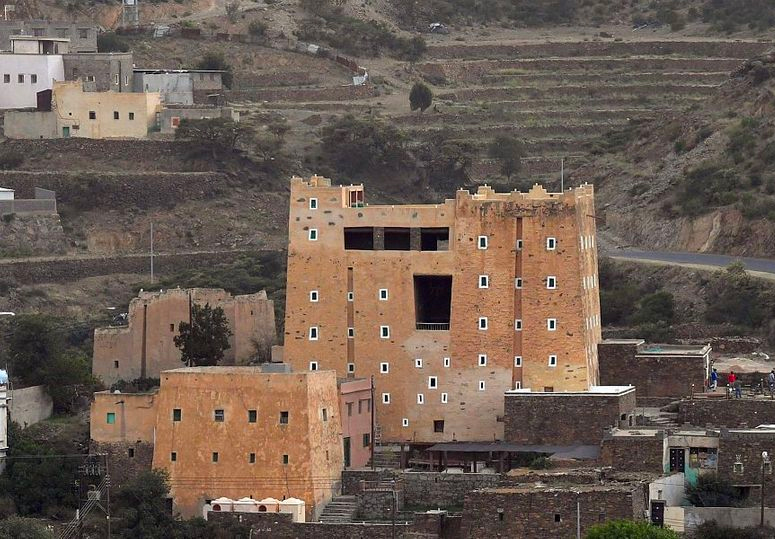
Balanced architectural engineering
Asir architecture exhibits a remarkable sense of balance and symmetry. The buildings are often characterized by rectangular or square shapes with equal proportions, emphasizing a sense of harmony and order. This architectural precision is a testament to the skill and expertise of the craftsmen who have passed down their knowledge through generations.
Adaptation to terrain
The Asir region is known for its rugged terrain, and local buildings exemplify the art of adapting to the natural landscape. Rather than imposing on the environment, these structures blend seamlessly with their surroundings. The buildings are often terraced or built into hillsides, taking advantage of the natural contours of the land. This integration not only provides stability but also offers captivating vistas of the surrounding valleys and mountains, creating a harmonious coexistence between architecture and nature.
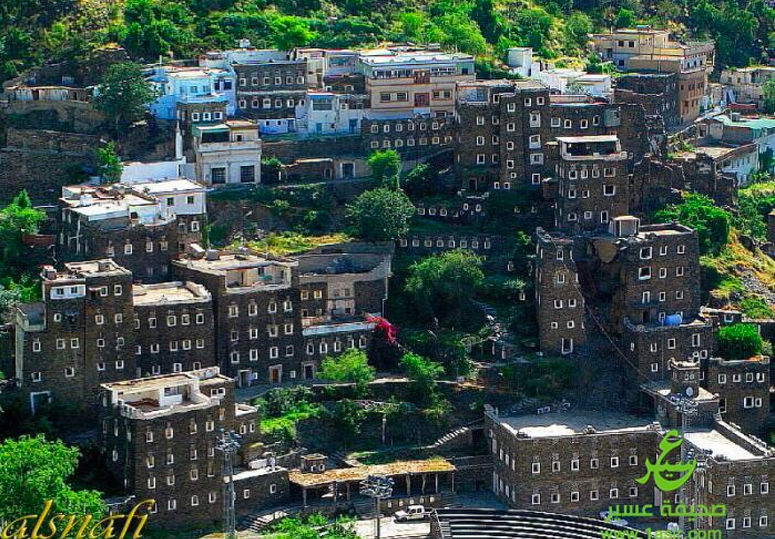
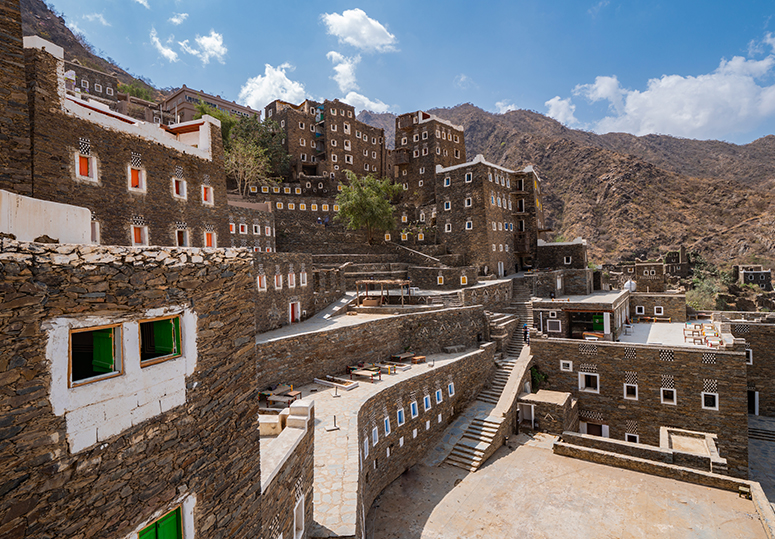
Sustainable designs
Long before the concept of sustainability gained global attention, Asir buildings incorporated environmentally conscious principles. The use of local materials not only reduces the carbon footprint associated with transportation but also ensures durability and low maintenance. Additionally, the incorporation of shaded courtyards, narrow windows and thick walls helps regulate temperature, minimizing the need for artificial cooling. These passive cooling techniques align with the region’s arid climate and contribute to energy efficiency, showcasing the sustainable wisdom of traditional Asir architecture.
Decorative and artistic details
Asir buildings are adorned with intricate decorative and artistic details that reflect the rich cultural heritage of the region. Geometric patterns, calligraphy and colorful motifs are meticulously incorporated into the façades, doors, and windows, showcasing the craftsmanship and attention to detail of the artisans. These intricate embellishments not only add aesthetic beauty but also serve as a means of cultural expression, telling stories and preserving traditions for generations to come.
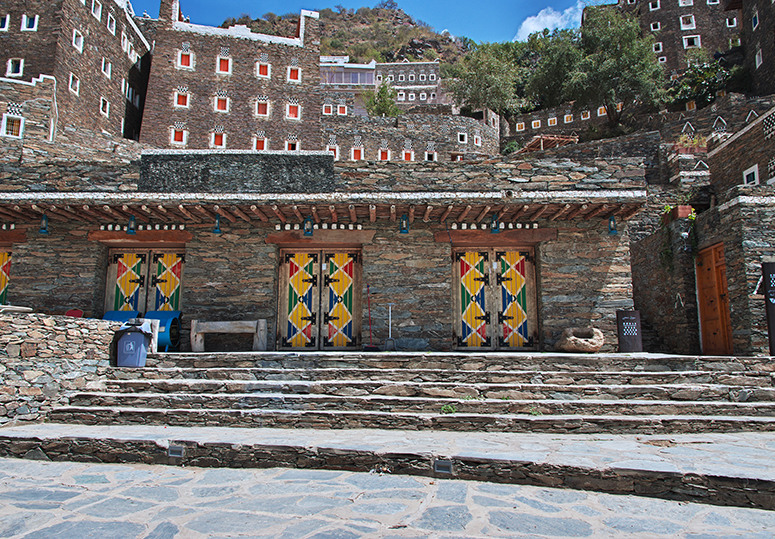

Al-Qatt Al-Asiri
Al-Qatt Al-Asiri is a vibrant and captivating form of traditional female interior wall decoration found in the region. Women from the community use their creative prowess to adorn the walls of homes with intricate geometric and floral patterns using brightly colored paints. This ancient art form not only adds aesthetic beauty to the interiors but also serves as a means of cultural expression and storytelling. Al-Qatt Al-Asiri is a testament to the rich heritage and artistic talent of the Asir region, preserving its traditions and captivating visitors with its mesmerizing beauty.
The fame of Al-Qatt Al-Asiri started to spread when an 18-meter-long mural was displayed in the United Nations building in New York in 2015. Al-Qatt Al-Asiri art was also included in UNESCO’s list of Intangible Cultural Heritage in 2017.
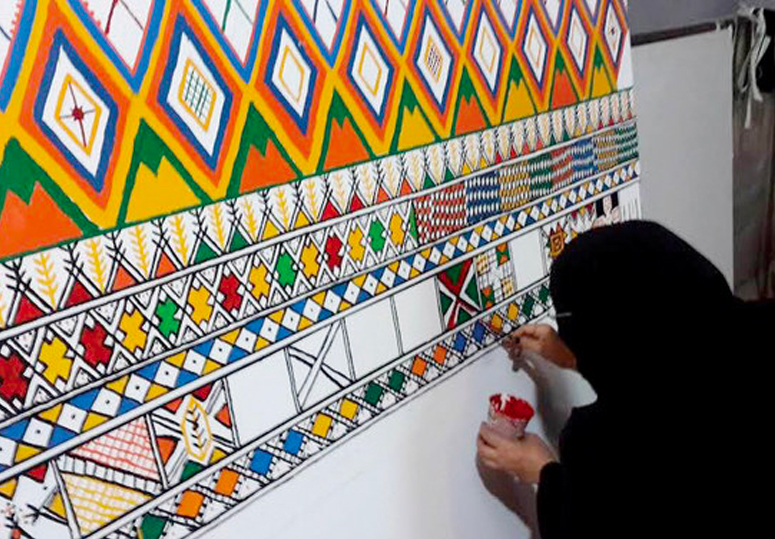
To conclude, the traditional architectural style of Asir buildings in Saudi Arabia stands as a remarkable testament to the region’s cultural heritage and architectural brilliance. From the use of local materials and balanced engineering to the adaptation to the terrain, sustainable designs, and decorative details, these buildings embody a timeless elegance that harmonizes with the surrounding environment. Asir architecture serves as a reminder of the importance of preserving cultural traditions and embracing sustainable practices in the ever-evolving world of architecture. By honoring and appreciating Asir’s architectural legacy, we can draw inspiration for contemporary designs that blend modernity with the wisdom of the past.


